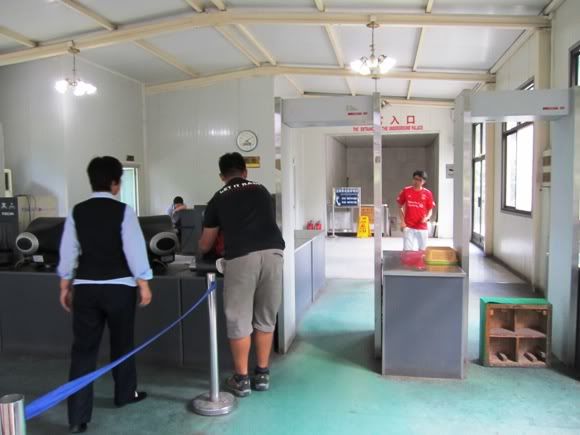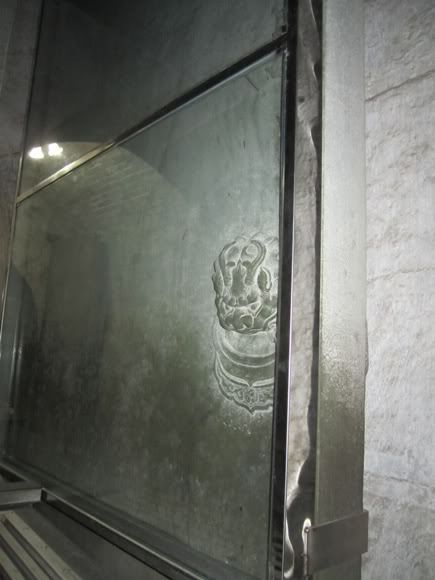The full plan of Ding's Mausoleum
It was a thirty minutes journey from the great wall...but make sure you board the right bus......
The architecture was similar to the Mausoleum of Zhu-Yuan-Zhang
When the archeologist tried to find the entrance into the underground palace about 50 years ago, they found multiple Written tiles saying the palace was just right below how many foot, how thick is the wall...... just to confuse tomb raider~ This is one of the failed attempt~
Need to scan your belonging before going down the palace~
Kinda deep, definitely more than 6 feet underground~
Door made of Jed
When they open up the Mausoleum, alot of artifact oxidized and spoilt, leaving behind an empty chamber
Kinda impressive for them to built such an underground palace so deep down~
Some of the things that will not get oxidized~
The left chamber was still un-open~
We are inside a Royal Mausoleum~
The original Metal Door
Thats how the archeologist break open the Mausoleum
This is the site where the real instruction for the tomb entrance was found, they called it the "Guiding Slab"
The original slab was now kept in the museum~
Picture from the museum on the original digging process back then

















No comments:
Post a Comment